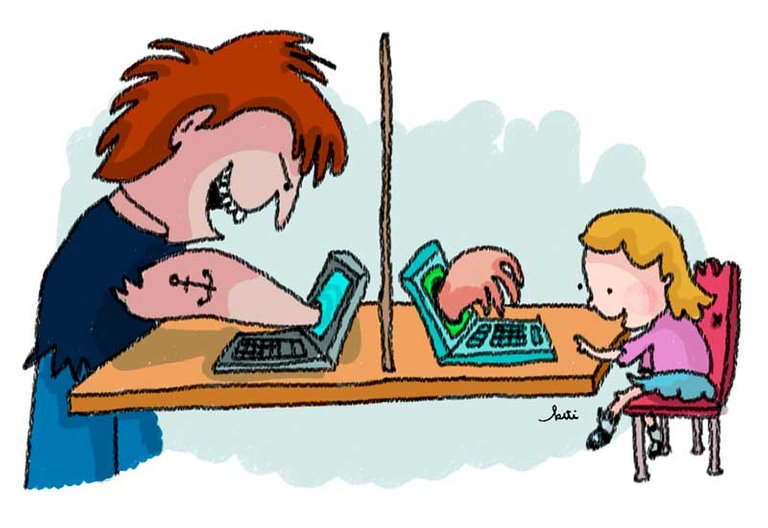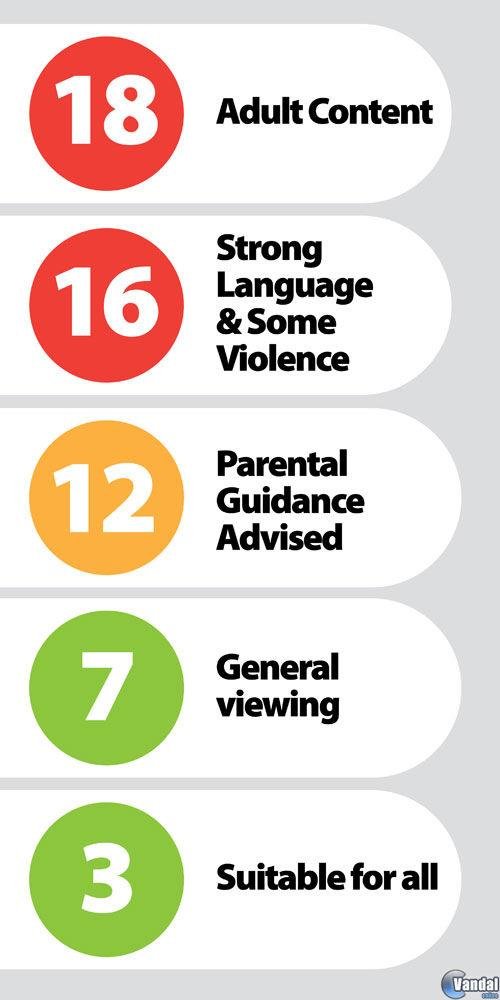Cyber bullying, pedophilia, addiction ...

Here are some practical tips to protect children from the dangers of the web:
What dangers does my child face?
In the vast Internet world, children can be exposed to many risks. "The first, in the minds of parents, is the encounter with a sexual predator." Social networks, online games, you never know who is behind the screen.
They are also exposed to inappropriate content. "Unwittingly, minors can fall into pornographic sites, incitement to violence, sectarian or terrorist embezzlement." In the network, 90% of children have faced at least once with shocking, violent or pornographic content.
Social networks are the gateway to cyber-violence, cybersex and cyberbullying. "Relationships between children, especially teenagers, are sometimes very violent: humiliation, teasing, insults, incitement to suicide ... Harassment in a physical environment - school, summer camp - continues online.
But the most common danger revolves around the excessive consumption of digital tools. The tablets, computers and smartphones "make it enter an attractive world, where sociability is strong, which can take precedence over real life". Almost 81% of adolescents between 15 and 16 years old are on social networks compared to 26% of those between 9 and 10 years old. The other risk? The reputation "In the construction, the image, the focus of attention" is reinforced with these sites.
Who do you know?
They have 25%, they are between 9 and 16 years old, to chat with strangers, mainly on online gaming sites. Sex predators use the anonymity offered by the Internet. They approach children for the purpose of "physically meeting with the child or encouraging him to participate in online sexual practices on his own, blackmail - asking for money against the non-dissemination of these images" or re-sale on pornography sites childish ".
But the culprit is not always a stranger. In the case of cyber-violence or cyberbullying, if the child is not the victim, it can also be a harasser. "In general, around 60% of the harassed children have already participated in harassment when being humiliated or simply being witnesses".
Steps to sensitize the child:
Prevention requires communication. 69% of adolescents think that their activities on the Internet do not interest their parents. And yet. To help them better perceive the dangers and transmit their good habits, it is important to follow a path and impose a regulatory framework from the beginning of your digital life.
- Prohibiting them when they are small:
"When in elementary school, the child still needs to be built through the development of the senses and the relationship with others." The Internet does not intervene in this development.
- Accompany them in the discovery of the web:
"Since he was 8 years old, he is quite autonomous, if he is interested in the network, do not let him navigate alone, we would not let him walk alone on the street, the Internet is the same". To do this, "we teach you to adopt the right reflexes, the sites you can consult, the option to share personal data and, more generally, the notion of privacy."
- Let him take liberties when he is a teenager:
"If he has managed to transmit a responsible use of the Internet, he can be more autonomous from the age of 13. He can, legally, register on social networks, he can only do it if he wishes, the important thing is to continue making him aware that he is not just on the web, and insist that we can not share everything on these sites. " Parental control software can help. Between 75 and 88% of inappropriate content for children (pornography, gambling, cats, violence) are filtered with these digital tools. Warning: no filter will replace the surveillance of their parents!
Participate in an ongoing dialogue with your child about their Internet use, what they do there, the sites they like ...
Avoid leaving a small child alone in front of the screen, always place the computer in a common room, and especially not in your room, to monitor what you do.
Frame the use of the Internet. Number of hours allowed per day, hours, allowed applications, sites not recommended ...
For social networks, Action Innocence offers an infographic that lists the recommended age limits.
Develop critical thinking and insist that everything on the Internet is not always true.
Remind him that a nickname can hide anyone. The people you communicate with are not always what they say they are.
Inform you about the risks related to the disclosure of information or personal images (name, address, phone number, photos, videos ...) to avoid being diverted, manipulated, exploited by malicious people.
Insist on the risks of meeting with a known interlocutor on the network. Explain to your child that if you have an appointment, inform a trusted adult and accompany him or her to a public place that is frequented during the day.
Tell your child that he may encounter shocking or disturbing images and ask him to tell you if this happens.
Follow the PEGI signaling when buying a video game for your child. The age recommendation and content descriptions allow you to make sure the game is appropriate to the player's age.
